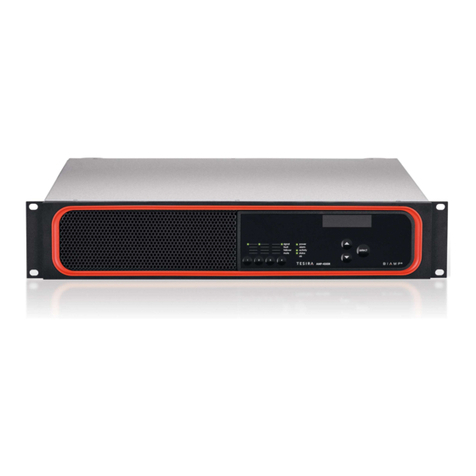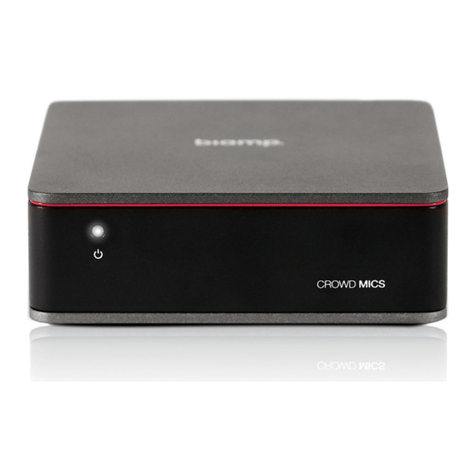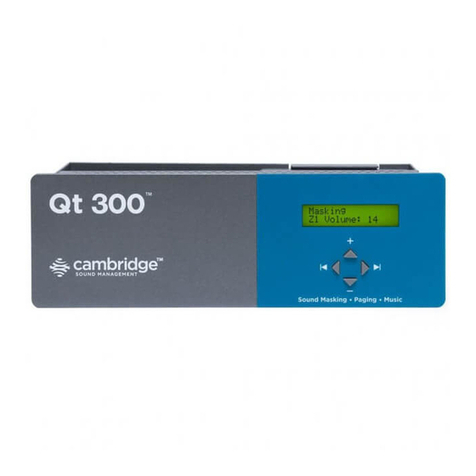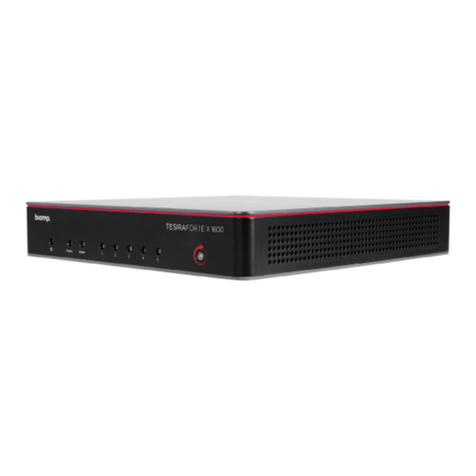
Logic Level Contact closure Active State Low will be used for a ormally Open circuit, Logic Level Contact closure
Active State High should be used for a ormally Closed circuit. Input and output states can be monitored in real time on
the Audio & Live Control tab for LSI-16 and IM-16.
Faults
Faults indicate a problem in the Vocia system. Depending on the severity of the fault parts of the Vocia system may still
be operational. There are three types of faults reported by the LSI-16:
1. General Fault: This does not indicate a fault with just any device, it must be a device that is configured and
considered part of the emergency system (VA-8600c, EWS-4/10, LSI-16, LS I-16e, and ELD-1). A General Fault
indication is generally accompanied by a Path, Protection or etwork fault, but not always.
◦The LSI-16 will show a General fault if only one Cobra et network connection is present, both must be active.
2. Path, Protection and Power Supply Fault: These three faults are grouped together and will initiate a General
Fault condition whenever triggered; in some conditions they will trigger a system fault. A General Fault condition
will self-clear once the problem has been resolved.
◦Path: The path integrity is tested from microphone capsule to the end of the loudspeaker lines (provided an
ELD-1 is fitted to the end of the loudspeaker lines). A Path fault will be triggered if a fault in the transmission
path is detected.
◦Protection: A protection fault is activated if a system amplifier channel fails however this failure will not
prevent an emergency announcement being made on other available channels.
◦Power Supply: A Power Supply fault will be triggered if the LSI-16 is operating on a PoE supply but the main
24V supply fails or an external power supply fault is signaled to the LSI-16.
3. System Fault: This is the most serious condition in a Vocia system and should be acted upon immediately.
Again, this only applies to emergency devices that have been configured in the World that the LSI-16/LSI-16e
resides in. In this state the System Fault LED and the General Fault LED will be illuminated to draw attention to the
compromised status of the system. All other LEDs on the front of the device will remain off. When a System Fault
occurs it will always trigger a General Fault as well. A System Fault will not self clear once the problem is resolved
and requires a manual reset from the CI-1 or via a switch which has been connected to the Voice Alarm Reset (pin
4). A System Fault condition is reported when the state of an emergency device cannot be reported to the LSI-16.
This has been implemented to maintain system integrity through all Emergency devices.
The following states will trigger a System Fault:
• Any emergency device dropping offline.
• The LSI will not configure.
• Multiple LSI’s in a world.
• The LSI restarts unexpectedly.
• Software fault detected in an emergency device.
Copyright 2013-2020 Biamp Systems http://support.biamp.com/ 2




































